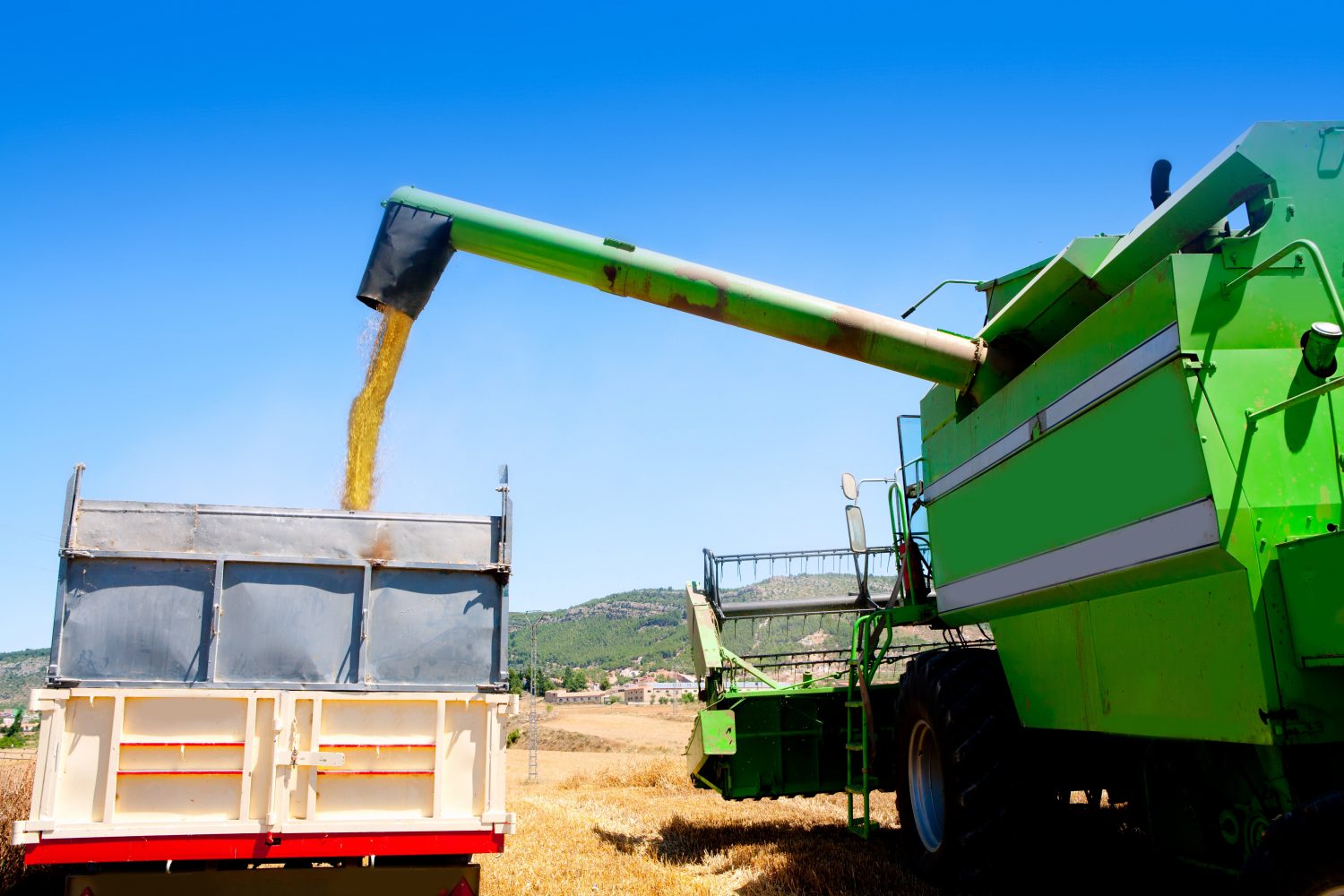USDA Reports: Too Much Corn Sinks Markets
The corn market just can’t catch a break. Heading into the March 29 Prospective Plantings and quarterly Grain Stocks report, corn was already seeing some short-term demand drop as massive flooding in the Midwest has compromised 13% of the nation’s ethanol production capacity.
Corn prices were hit with a double whammy in the USDA reports—big acres and big stocks.
USDA expects U.S. farmers to plan 92.8 million acres of corn, which is up 4% or 3.66 million acres from last year. Additionally, USDA pegged corn stocks at 8.605 billion bushels, up from 2018 and roughly 2.5 million bushels more than the trade expected ahead of the report.
“The last thing we need for corn right now was a bearish acre number for corn,” says Greg Lumsden, Cargill product line leader. “The market obviously is taking that extremely hard.”
Following the reports’ release, corn prices dove 15¢.
“Today in the market is looking at some got short-term demand slowdown, big stocks and big acres,” he says. “If we carry these stock numbers through to new crop, we could be looking at well over 2 billion carryout again. Unfortunately, what we saw today—especially on corn—is going to shift the whole price structure 10¢ to 15¢ lower.”
USDA predicts U.S. farmers will plant 84.6 million acres of soybeans, which is down 5% from last year.
The decline in soybean prices were less than corn. “You've got a little bit more muted reaction from soybeans, as the acres are certainly helpful and there was a little relief stocks weren’t higher.”
Lumsden says farmers should keep the Prospective Plantings report in perspective. “We always try to look at what do we think the USDA is going to say? And, then what do we think ultimately will get planted? That's typically two different things.”
With these reports behind us, Lumsden says the focus of the markets will now be trade.
“Everybody is tired of talking about it, but it is going to continue to dominate,” he says. “The reason I say that is it we're entering in a period where normally you'd be building risk premium by saying, we've got to plant a crop again this year. Well, we're so far away from that, and while we could be potentially delayed, we've got ample moisture profile out there and nothing fundamentally is exciting out there.”
He says the markets are dominated by technical and high-frequency traders that are emboldened to drive this market lower, and today's report is just not going to change that. “The funds are so short, and after today's report they may be approaching a record short position,” he says.
Farmers should have sales in place to cash in on market spikes, Lumsden suggests.
“Producers really need to key in on is just the basics of grain marketing, and you need to have firm bid offers in the system,” he says. “The market can spike faster or further than you think, but you have to remember we have record corn out there and farmers are so under-marketed that the head pressure can really tamp down those rallies. Take care of some business and get some bushels sold.”









